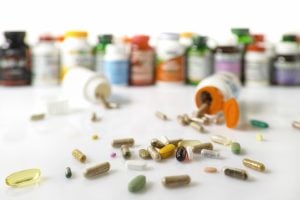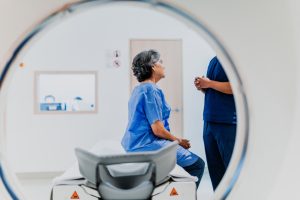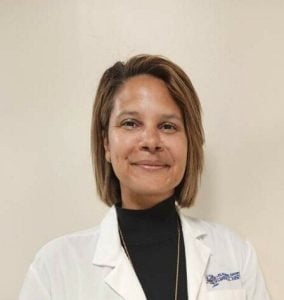 Appendicitis occurs when the appendix becomes clogged, infected, and inflamed. It can cause acute pain in your lower abdomen, however, for most people, pain begins around the belly button and then moves. As inflammation worsens, appendicitis pain typically increases and eventually becomes serious.
Appendicitis occurs when the appendix becomes clogged, infected, and inflamed. It can cause acute pain in your lower abdomen, however, for most people, pain begins around the belly button and then moves. As inflammation worsens, appendicitis pain typically increases and eventually becomes serious.
Symptoms of appendicitis include:
- Sudden pain that begins on the right side of the lower belly
- Sudden pain that begins around the belly button and often shifts to the lower right belly
- Pain that worsens with coughing, walking, or making other jarring movements
- Nausea and vomiting
- Loss of appetite
- Low-grade fever that may rise as the illness worsens
- Constipation or diarrhea
- Belly bloating
- Gas
Additional symptoms that may develop later in some people can include:
- Malaise
- Urinary symptoms- needing to go more frequently or more urgently
- Bowel paralysis
The size and location of the appendix make it easy for it to become clogged and infected. Your large intestine is home to many bacteria. If they become trapped in your appendix, they overgrow and cause an infection. The bacteria then multiplies quickly causing the appendix to become inflamed and filled with pus. If it is not treated right away, the appendix may burst or break open.
Some common causes of inflammation, swelling, obstruction, and infection in your appendix include:
- Hardened poop (appendix stones)
- Lymphoid hyperplasia
- Colitis
Other factors that could block the opening of your appendix can include:
- Tumors
- Parasites
- Cystic fibrosis
Risk factors for appendicitis include:
- Age – anyone can develop appendicitis, but it most often happens in people between the ages of 10 and 30
- Your sex – men have a slightly higher risk of appendicitis than women
To help diagnose appendicitis, a healthcare provider will likely take a history of symptoms and examine the abdomen. Tests used to diagnose appendicitis can include:
- A physical exam
- Blood tests
- Urine tests
- Imaging tests
Appendicitis may spontaneously resolve if the cause suddenly goes away on its own. This might happen if an obstruction in your appendix gets unblocked and passes through the intestines, or if an infection causing lymphoid hyperplasia in your appendix suddenly improves. However, you shouldn’t assume this will happen or that it has happened, even if your pain has reduced.
The standard treatment includes medicine such as antibiotics and surgery to remove the appendix. Appendicitis is considered an emergency, so it is treated in the emergency room.
If you are experiencing symptoms of appendicitis, visit Flushing Hospital Medical Center’s Ambulatory Care Center. To schedule an appointment, please call (718) 670-5486. If there is an emergency, please call 911.
All content of this newsletter is intended for general information purposes only and is not intended or implied to be a substitute for professional medical advice, diagnosis or treatment. Please consult a medical professional before adopting any of the suggestions on this page. You must never disregard professional medical advice or delay seeking medical treatment based upon any content of this newsletter. PROMPTLY CONSULT YOUR PHYSICIAN OR CALL 911 IF YOU BELIEVE YOU HAVE A MEDICAL EMERGENCY.










